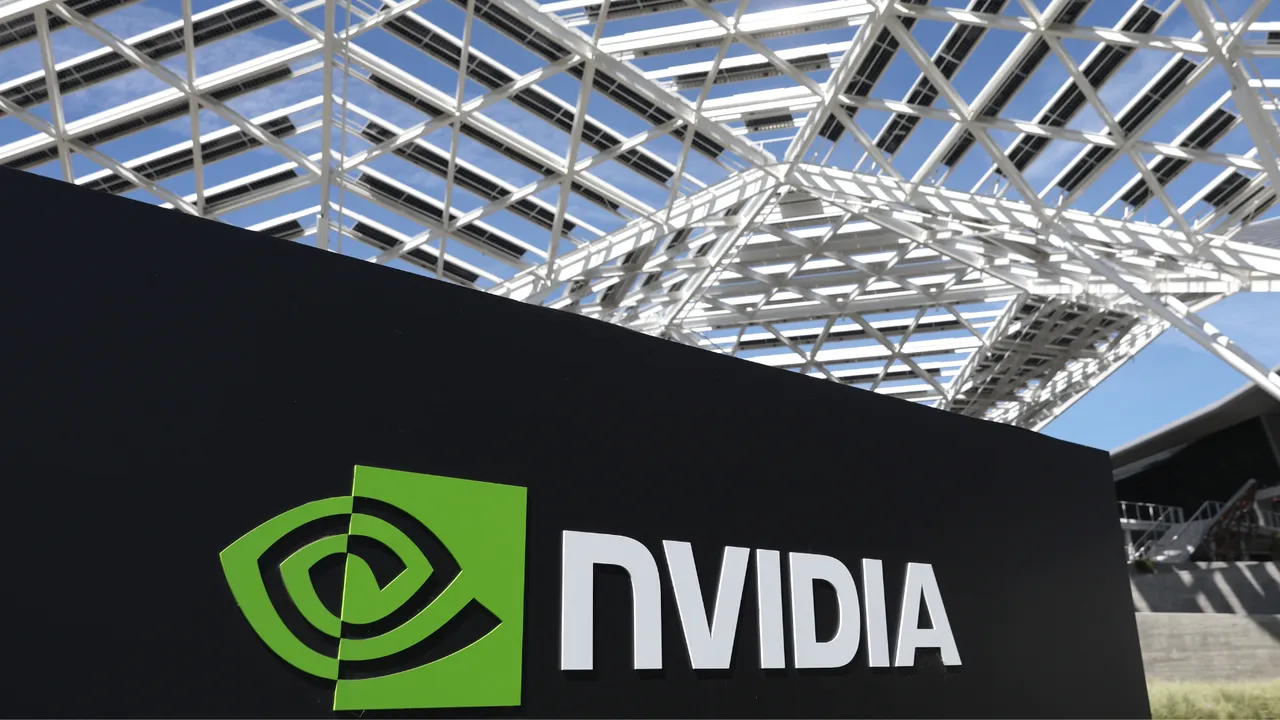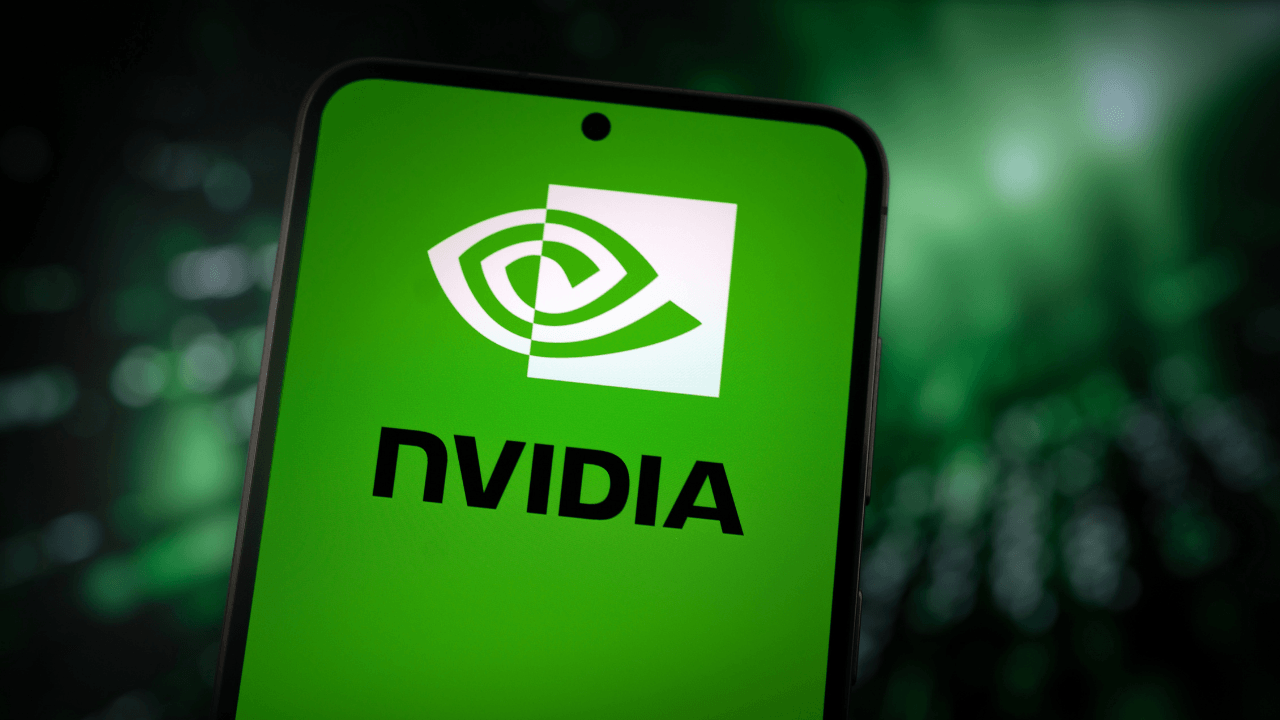Server memory has become quite a fuss, and today, in almost every corner of the world, new innovative demands towards technology have involved AI data centers. Recently, there has been a huge uproar of excitement with the adoption of smartphone-style memory technology by Nvidia, which completely turned the market upside down, bringing in freshly coined speculations. According to the experts, it is believed that the new product can cause a doubling in price for server memory by 2026. The effects of this development will thus cascade throughout the entire technology ecosystem.

Why is Nvidia's Trend Toward Memory Similar to Those in Smartphones?
Next-generation NVIDIA GPU and AI chips would need advanced memory architectures to maximize their potential efficiency and performance with ultra-fast data access. These three attractive features LPDDR smartphone-type memory architecture:
Power-efficient
Ultrafast data rates
Highest density packaged Power efficiency has been included in that, as it tends to convert the major part of its power consumption into heat, which is why it has become popular in AI data centers, in which any heat generation is minimized.
Rules That Trigger the Price Increase
This would be the kind of change that Nvidia's diversification would probably create in its entire market of memories. The causes for the spike include:
Increase in Demand. The number of newly built data centers and AI servers adopting Nvidia is going higher; big demands will thus arise on LPDDR memory. Prices would, of course, soar without any delay when manufacturers do not keep pace with supply.
Interruption of Manufacturing. Most of the smartphones have mainstream fabrications done using LPDDR, and the server designs emphasize reliability and bulk capacity, which increases manufacturing costs for LPDDR-based memories.
Technology Interruption. It would differ from the traditional DDR memory to an LPDDR for the server, and it will also affect quite a few other technical innovations with it. This is gonna interface almost everything from server architecture, motherboard, and cooling system, thus causing cost incurred on innovations.
Most Affected Parties
Data center operator
AI startups and research organizations
Cloud service providers
HPC (High-Performance Computing) systems of giant tech companies
By 2026, memory prices will have doubled, while server upgrades will become very expensive and costlier with regard to the use of cloud services.
What Would Be the Solution?
If some other memory manufacturers could start investing in LPDDR production for servers, some bit of the crisis could be somewhat alleviated. Installation of some power-efficient alternative technologies or mixed models internally could also be a real stabilizer in the market.

Going Forwards
While rewriting from one medium to another-from the traditional storage dimension to that of a smartphone-comes some alternative pathways for the world of AI, server memory prices are most likely going to almost double by 2026. Thus, it is time that those concerned with data and technology put themselves ready for the future when budgets will have to be realigned.
You can also read: Apple iPhone 17 Pro Max vs iPhone 16 Pro Max: Is the Upgrade REALLY Worth It? Find Out Now
Follow our WhatsApp channel for the latest news and updates
